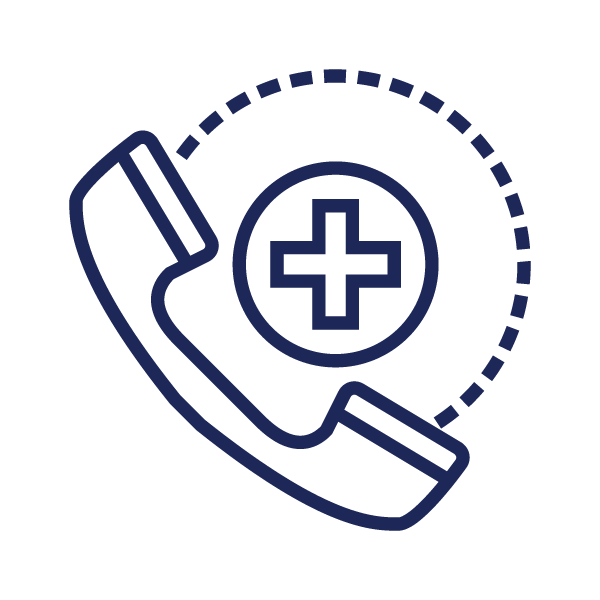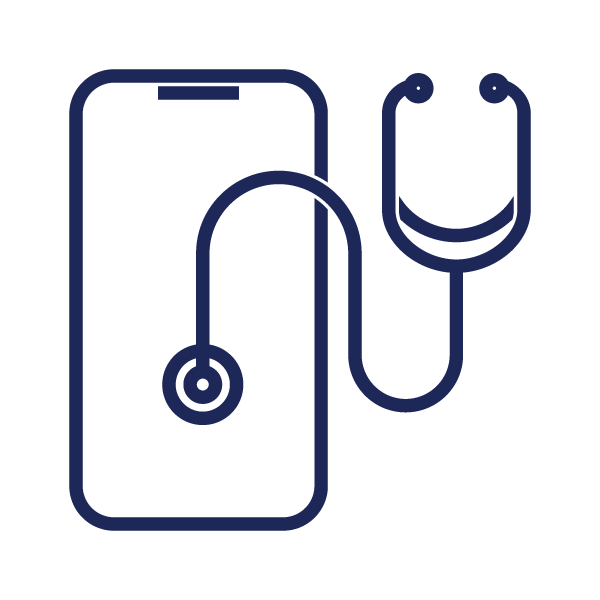Regain Your Life After a Traumatic Brain Injury
Discover The Transformative Power of Cranial Facial Release Technique for TBI

Traumatic Brain Injury
Having a traumatic brain injury (TBI) can lead to a myriad of serious problems that significantly impact a person’s life. TBIs can result from various accidents or incidents, such as falls, car accidents, sports injuries, or assaults. The severity of the injury and the area of the brain affected can determine the extent of the problems faced by the individual. Some of the potential issues resulting from a TBI include:
- Cognitive Challenges: TBIs can lead to cognitive impairments such as memory problems, difficulty concentrating, decreased problem-solving abilities, and slower information processing. These challenges can hinder academic and professional success, making it difficult to lead a normal life.
- Emotional and Behavioral Disturbances: Individuals with TBIs may experience mood swings, irritability, anxiety, depression, and even personality changes. These emotional and behavioral disturbances can strain relationships and impede social interactions.
- Physical Disabilities: Depending on the severity of the injury, physical disabilities like paralysis, impaired coordination, difficulty walking, and loss of fine motor skills can occur. These physical limitations can hinder independence and daily activities.
- Sensory Impairments: TBIs can lead to sensory issues, such as visual disturbances, hearing problems, and altered taste or smell. These impairments can make it challenging to engage with the environment and communicate effectively.
- Communication Difficulties: A TBI can result in communication problems, including difficulty finding the right words, slurred speech, or trouble understanding spoken or written language. These challenges can isolate individuals socially and professionally.
- Headaches and Pain: Chronic headaches and pain are common consequences of TBIs. These physical discomforts can significantly impact a person’s quality of life and overall well-being.
Cranial Facial Release (CFR) treatment, involves applying pressure to the nasal passages to purportedly release tension, open up the nasal passages, realign cranial bones and improve overall health. When cranial bones become fixated as is often the case with a traumatic brain injury, that doesn’t allow for the proper flow of cerebral spinal fluid to coat the brain giving it nutrients. Nor does it allow for the removal of various waste products found hanging around the brain when the cranial bones aren’t allowed to pump this toxic debris out. In a healthy individual, without a brain injury, the cranial bones in the skull are supposed to subtly pump the cerebral spinal fluid around the brain and down the spinal cord. When a person has fixated skull bones as is often seen in people with brain injuries – this normal pumping of cerebral spinal fluid doesn’t occur, causing many toxic brain symptoms.
Patients that have traumatic brain injuries will often say that their friends and family don’t understand them. Just because you might look fine to them doesn’t mean you don’t have nausea, headaches, dizziness, or emotional problems that you are desperately trying to hide from them.
Many people suffering from a traumatic brain injury have turned to Cranial Facial Release technique and have found relief when all other treatment options have failed them.
Latest Post
-
Opps, No posts were found.
Want to consult about health? contact us
Expert Guidance is Just a Call Away — Reach Out Today
Get in Touch
There are numerous avenues for reaching out to us. You have the option of getting in touch through a phone call, text message, or email.

Emergency Contact
- Free Call 24/7
- 720-280-6078 (Call or Text)
- [email protected]

Healthworx Location
- M,T,W,F
- 2255 S. Wadsworth Blvd. Suite G-4 Lakewood, CO 80227

Phone Contact
- Within Working Hours
- 303-989-5740

Through a harmonious fusion of traditional medical practices and alternative therapies, we provide personalized treatment plans that address the root causes of ailments, rather than just the symptoms.
Visit Us
- 2255 S. Wadsworth Blvd. Suite G-4 Lakewood, CO 80227
- www.drkevinwoodard.com
- [email protected]
- 303-989-5740
Quick Links
- Copyright 2024 © All Right Reserved
